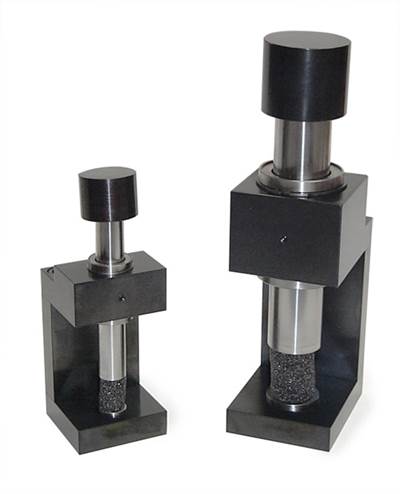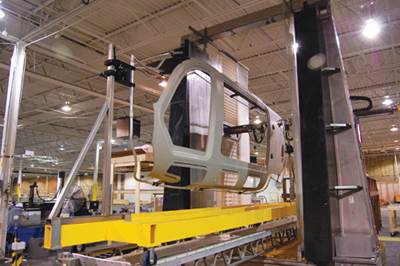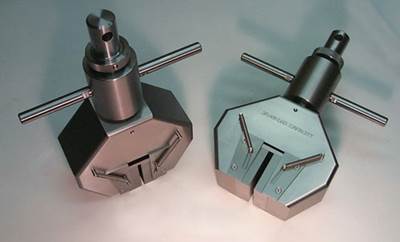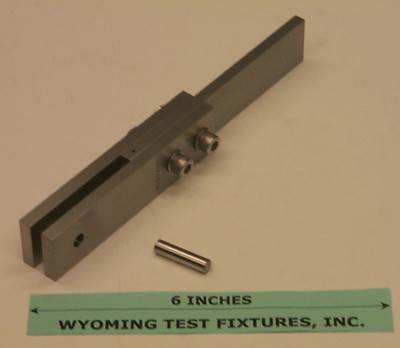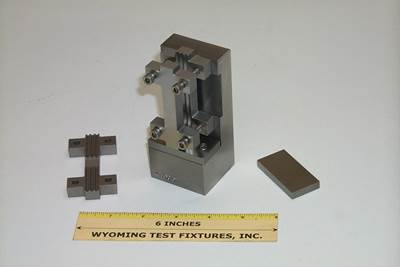Materials Testing
A comparison of shear test methods
Dr. Don Adams compares the shear test methods that are currently available to the composite industry.
Read MoreCompression platens and subpresses
Dr. Don Adams discusses the use of compression platens (fixed and spherical seat) and subpresses to ensure reliable test frame operation.
Read MoreC-Scan inspection facility cuts cost for commercial copter
Bell Helicopter Textron’s (Ft. Worth, Texas) 429 helicopter, first revealed in 2008, is targeted to individual, corporate and emergency-services customers.
Read MoreNeat resin specimen fabrication aids
To obtain quality experimental data, one must have access to quality test specimens.
Read MoreMechanical wedge grips for tensile testing
In tensile testing, wedge grips are used on both ends of the specimen to position the specimen in the test frame.
Read MoreSingle-fastener, double-shear laminate bearing strength by tensile testing
Dr. Don Adams (Wyoming Test Fixtures Inc., Salt Lake City, Utah) discusses a laminate bearing strength test using double-shear loading of a single fastener.
Read MoreCompression after impact testing
During the late 1960s and most of the 1970s, the composites industry was absorbing the impact of what was then the recent introduction of carbon fiber. The resulting composites exhibited both high strength-to-weight and high stiffness-to-weight ratios. And while it was known that composites reinforced with this new
Read MoreThe modified D695 compression test method
Dr. Don Adams discusses the evolution of the ASTM D 695 compression test method, the predecessor of the D 6641 method now in wide use.
Read MoreComposites test method globalization and harmonization
In my previous column, I discussed the need for standardization of test methods and the progress that has been made in recent years (see “Related Content,” at left). However, we know from that column, and many preceding it, that when we attempt to determine material properties, there is often more than one
Read MoreWhy standardize composites test protocols?
Every column I write for HPC eventually refers to “standard” test methods. But why are standards written? What groups promote these standards, and who actually writes them? Most importantly, why do the rest of us need to follow their standards, and what if we don’t? To answer the first question, we must step back into
Read More
